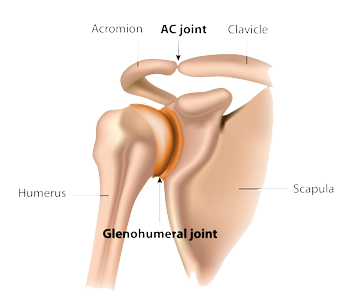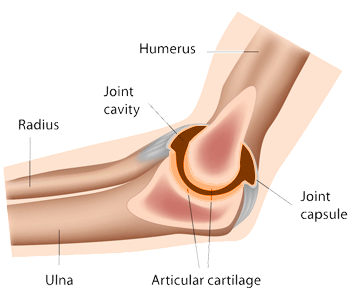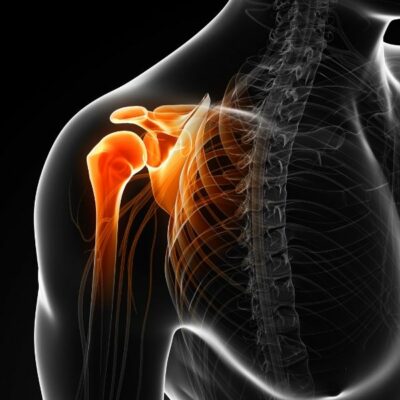Arthroscopic Rotator Cuff Repair Surgeons
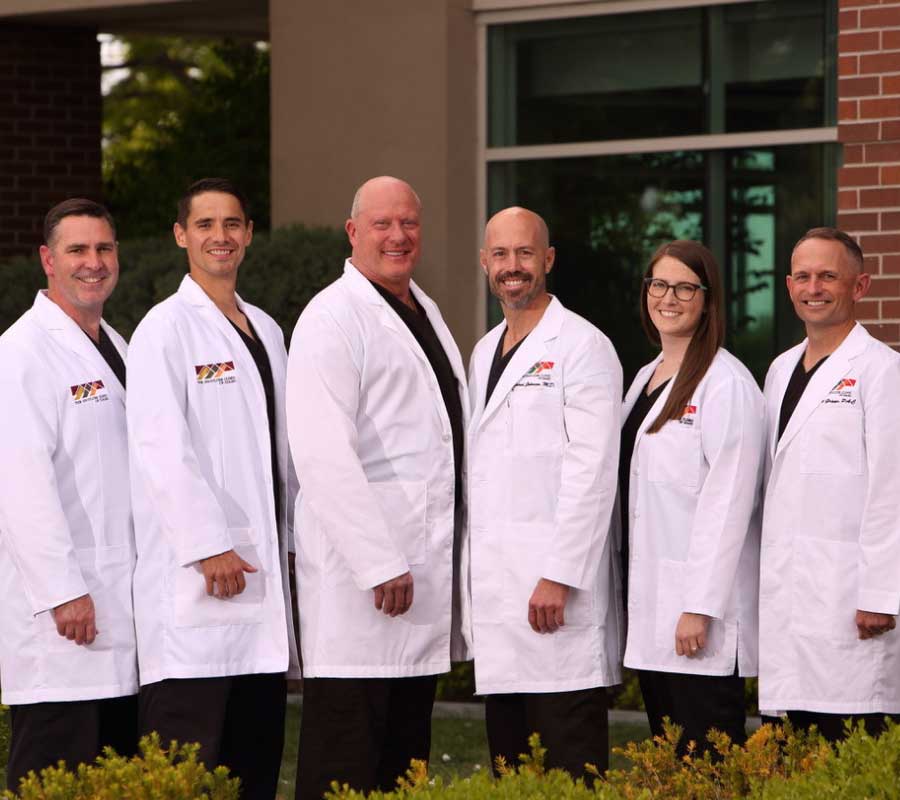
Are you an athlete who participates in sports that involve throwing overhead? If so, you may be at risk of developing a rotator cuff injury. The rotator cuff can become damaged from repetitive overuse, a sports injury, a fall or degeneration of one of the tendons. The arthroscopic rotator cuff repair surgeons at Shoulder Clinic of Idaho provide diagnosis and both surgical and nonsurgical treatment options for patients in the Boise area who have developed a rotator cuff injury. Contact the Shoulder Clinic of Idaho team today!
What is a Rotator Cuff?
The rotator cuff is a group of four muscles that come together as tendons that insert on the ball of the upper arm bone (humerus) and keep the ball firmly held within the shallow socket (glenoid) of the shoulder blade (scapula). The rotator cuff’s tendons provide stability to the joint, while the muscles provide rotation and strength, allowing the arm to lift and rotate. Due to its flexibility and use, it is not uncommon for the rotator cuff to be injured or torn. The rotator cuff is also susceptible to injury due to the proximity of its tendon’s insertion on the humerus to the center of rotation of the humeral head.
The distance of the tendon’s insertion to the center of rotation of the humeral head, when compared to the large distance from the center of rotation of the humeral head to the outstretched arm and hand creates a magnified force at the tendon insertion that overtime can lead to failure of the tendon’s attachment to bone. An injury to the rotator cuff can range from mild inflammation of the tendon, to a partial or complete tear. The shoulder specialists at The Shoulder Clinic of Idaho commonly diagnose and treat rotator cuff injuries for patients in Boise, Meridian, Nampa, and surrounding communities of the Treasure Valley, returning them to their active, pre-injury lifestyle.
What is arthroscopic rotator cuff repair?
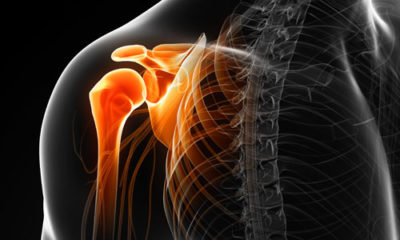 When one or more of the rotator cuff tendons is torn, the tendon no longer fully attaches to the head / ball of the humerus and the shoulder will lose its stability and strength. There are a variety of injuries that can occur including small amounts of damage from repetitive overuse, to a complete rupture of a tendon from its attachment site. When a tendon tears or ruptures, arthroscopic rotator cuff repair surgery is necessary to restore mobility and strength to the shoulder joint.
When one or more of the rotator cuff tendons is torn, the tendon no longer fully attaches to the head / ball of the humerus and the shoulder will lose its stability and strength. There are a variety of injuries that can occur including small amounts of damage from repetitive overuse, to a complete rupture of a tendon from its attachment site. When a tendon tears or ruptures, arthroscopic rotator cuff repair surgery is necessary to restore mobility and strength to the shoulder joint.
Arthroscopic rotator cuff repair uses a tiny camera, called an arthroscope, inserted through a small incision in the shoulder to “see” inside the joint. The camera displays pictures on a television screen, and the surgeon uses these images to guide miniature surgical instruments, inserted through other small incisions. The arthroscopic rotator cuff repair is completed within the shoulder, which reduces the risk of post-operative complications. This type of minimally invasive surgery has also been shown to reduce the risk of infection, muscle injury and muscle stiffness with a quicker healing time.
Are you a candidate for an arthroscopic rotator cuff repair?
There are two ways to initiate a consultation with the Shoulder Clinic of Idaho:
You can call our office and schedule an appointment with one our shoulder specialists.
You can schedule an office consultation with a member of our shoulder team.
How is a rotator cuff repaired?
Surgery to repair a torn rotator cuff tendon involves re-attaching the torn tendon to the head of humerus (upper arm bone). A partial tear, however, may need only a trimming or smoothing procedure called a debridement. Complete rotator cuff tears are repaired by stitching the tendon back to its original site on the humerus. The repair is done by using special surgical anchors that are secured within the bone. The anchors are attached to sutures that are used to sew the torn tendons back down to the attachment site on the bone. The orthopedic specialists from The Shoulder Clinic of Idaho will reattach the tendon by using one or more surgical techniques:
- Single row arthroscopic rotator cuff repair – A single row refers to the way the torn rotator cuff tendon is repaired during surgery. In this technique, a singe row of sutures is all that is needed to anchor the tendon back to the bone.
- Double row arthroscopic rotator cuff repair – This newer technique is used in arthroscopic rotator cuff repair surgery for patients who have more severe tears or when this type of repair is needed to provide extra stability. Double row repair has the advantage of restoring the natural anatomy of the torn tendon as it attaches to the bone on the proximal humerus.
- Superior Capsular Reconstruction – Reserved for massive, irreparable posterosuperior (refers to which tendons are torn: the supraspinatus and infraspinatus tendons) also the most common site for full-thickness rotator cuff tears. Superior capsular reconstruction utilizes a graft to stabilize the humeral head. This procedure requires mastery of arthroscopic skills as one sews in a new graft of tissue to replace the missing and irreparable torn rotator cuff tendon.
What should I expect after arthroscopic rotator cuff surgery?
The recovery process following arthroscopic rotator cuff repair will vary depending on the type of anesthesia that is given and the type of surgery that is performed. Patients in Boise, Meridian, Nampa, and the surrounding communities of the Treasure Valley can expect the following:
- Directly after surgery, the arm is placed in a sling to keep the weight off the healing tendon.
- Passive range of motion exercises (when someone other than the patient moves the arm; or when the patient moves the operative arm with the non-operative arm) will begin the day after surgery and will depend on the size of the tear and the treatment involved. Passive motion can continue for up to 6 weeks.
- Active motion can begin around six weeks. Followed by physical therapy and strengthening at 12 weeks.
- Full recovery is often achieved between 5 and 6 months depending on the size and type of tear repaired. Patients should remember that full shoulder function, shoulder motion, and shoulder strength will continue to improve for a year or more after a successful repair.
A successful arthroscopic rotator cuff repair is highly dependent on the patient’s willingness to follow the advice and recovery guidelines given by The Shoulder Clinic of Idaho.
For additional resources on arthroscopic rotator cuff repair, in Boise, Meridian, Nampa, and the surrounding communities of the Treasure Valley, please contact the orthopedic specialists at The Shoulder Clinic of Idaho.

